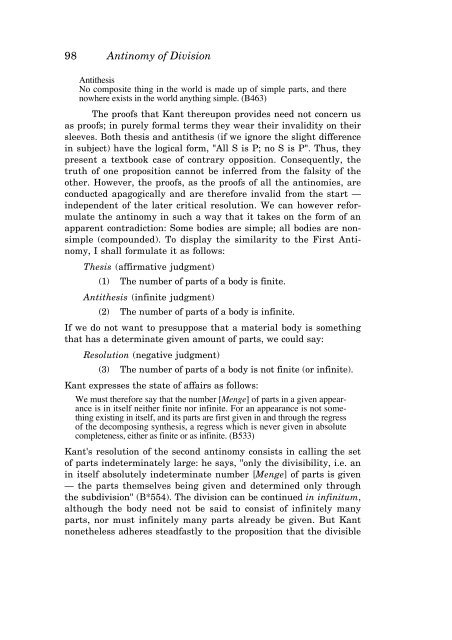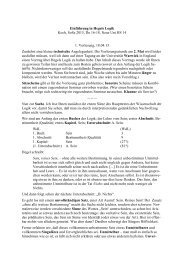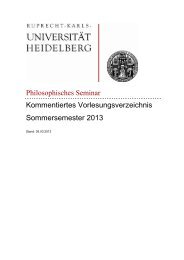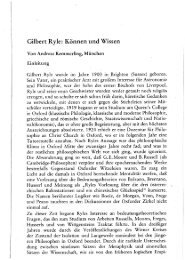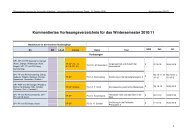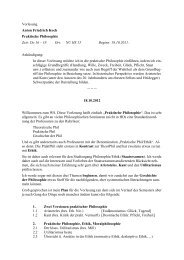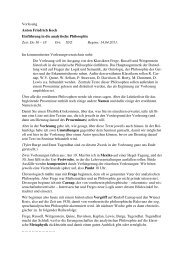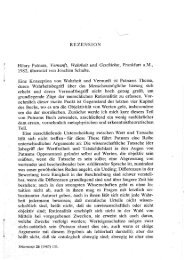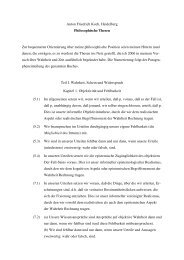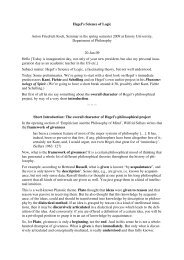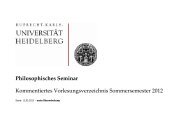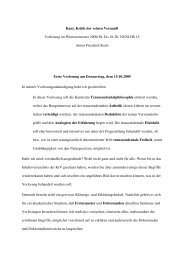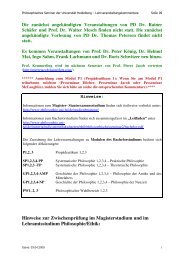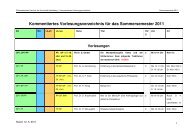KANT'S CRITIQUE OF TELEOLOGY IN BIOLOGICAL EXPLANATION
KANT'S CRITIQUE OF TELEOLOGY IN BIOLOGICAL EXPLANATION
KANT'S CRITIQUE OF TELEOLOGY IN BIOLOGICAL EXPLANATION
You also want an ePaper? Increase the reach of your titles
YUMPU automatically turns print PDFs into web optimized ePapers that Google loves.
98 Antinomy of Division<br />
Antithesis<br />
No composite thing in the world is made up of simple parts, and there<br />
nowhere exists in the world anything simple. (B463)<br />
The proofs that Kant thereupon provides need not concern us<br />
as proofs; in purely formal terms they wear their invalidity on their<br />
sleeves. Both thesis and antithesis (if we ignore the slight difference<br />
in subject) have the logical form, "All S is P; no S is P". Thus, they<br />
present a textbook case of contrary opposition. Consequently, the<br />
truth of one proposition cannot be inferred from the falsity of the<br />
other. However, the proofs, as the proofs of all the antinomies, are<br />
conducted apagogically and are therefore invalid from the start —<br />
independent of the later critical resolution. We can however reformulate<br />
the antinomy in such a way that it takes on the form of an<br />
apparent contradiction: Some bodies are simple; all bodies are nonsimple<br />
(compounded). To display the similarity to the First Antinomy,<br />
I shall formulate it as follows:<br />
Thesis (affirmative judgment)<br />
(1) The number of parts of a body is finite.<br />
Antithesis (infinite judgment)<br />
(2) The number of parts of a body is infinite.<br />
If we do not want to presuppose that a material body is something<br />
that has a determinate given amount of parts, we could say:<br />
Resolution (negative judgment)<br />
(3) The number of parts of a body is not finite (or infinite).<br />
Kant expresses the state of affairs as follows:<br />
We must therefore say that the number [Menge] of parts in a given appearance<br />
is in itself neither finite nor infinite. For an appearance is not something<br />
existing in itself, and its parts are first given in and through the regress<br />
of the decomposing synthesis, a regress which is never given in absolute<br />
completeness, either as finite or as infinite. (B533)<br />
Kant's resolution of the second antinomy consists in calling the set<br />
of parts indeterminately large: he says, "only the divisibility, i.e. an<br />
in itself absolutely indeterminate number [Menge] of parts is given<br />
— the parts themselves being given and determined only through<br />
the subdivision" (B*554). The division can be continued in infinitum,<br />
although the body need not be said to consist of infinitely many<br />
parts, nor must infinitely many parts already be given. But Kant<br />
nonetheless adheres steadfastly to the proposition that the divisible


